One part of Amsterdam that struck me as not being able to group easily with either the city center or the canal ring is the area east of the town center where the botanical garden, the Amsterdam zoo, the new city hall and performing arts center, and the old Jewish quarter are located. I had planned to spend more time in the area but ran into an issue I wasn't expecting when it came down to trying to see a few of the sights on my last day in town. That was the national holiday, Koningsdag or King’s Day, and all the attractions other than the big three museums on the Museumplein were closed.
The Pre-WWII Jewish Quarter looks to have a few interesting sights between the Great Portuguese Synagogue, the Jewish Museum, and the Hollandse Shouwburg, a theater were Jews rounded up by the Nazis during WWII were held before deportation, all available to tour on a single ticket
. I put them off until later largely because they weren’t covered on my Museum Card which got me into most museums in the country at no charge. I also didn’t make it into the Rembrandthuis, a nice looking house with an intricate medieval/renaissance-looking façade and lots of shutters, where Rembrandt lived for twenty years at the height of his popularity, another major Amsterdam attraction. I tried to make up for that, though, by eating dinner at the next door Rembrandt Café, one of the few restaurants I came across in the Netherlands that specializes in Dutch cuisine.
A significant attraction now in the area is the Hermitage Amsterdam at the Amstelhof, an old almshouse for elderly women that became a hospital until its facilities were no longer adequate. Yes, the use determined for it is as an annex to the Hermitage Museum in Saint Petersburg, Russia, and it consists mostly of exhibition space for revolving special shows from the Hermitage’s collections. While I was in town the two big shows were "1917: From Romanovs to Revolution", one more of historical artifacts and documents chronicling the royal family Russian Revolution than of artworks, and “Portrait Gallery of the Golden Age” which appropriately covered Dutch portraiture, especially group portraiture of the 1600s.
After I left the Hermitage I walked a few blocks over toward the Jewish Quarter to see if by some chance the Synagogue or Jewish Museum might be open later than 5:00 P.M. They were not, but I came across a big group of Hasidic Jewish men dressed in black coats and hats and coiffed with long hair almost exactly like the subjects of the paintings in the Hermitage. It was like suddenly stepping into one of those paintings.
Amsterdam East - Hermitage & Old Jewish Quarte
Wednesday, April 26, 2017
 Amsterdam, Noord-Holland, Netherlands
Amsterdam, Noord-Holland, Netherlands
Other Entries
-
12Utrecht - Ancient University City in Central Nethe
Apr 179 days prior Utrecht, Netherlandsphoto_camera127videocam 0comment 0
Utrecht, Netherlandsphoto_camera127videocam 0comment 0 -
13Kroller-Muller Museum - Van Goghs Galore
Apr 188 days prior Otterlo, Netherlandsphoto_camera79videocam 0comment 0
Otterlo, Netherlandsphoto_camera79videocam 0comment 0 -
14Apeldoorn - The Het Loo Royal Palace
Apr 188 days prior Apeldoorn, Netherlandsphoto_camera82videocam 0comment 0
Apeldoorn, Netherlandsphoto_camera82videocam 0comment 0 -
15Eastern Gelderland - Zutphen & Hoge Veluwe
Apr 197 days priorZutphenphoto_camera56videocam 0comment 0 -
16Overijsel Province - Hanseatic Zwolle & Kampen
Apr 206 days prior Kampen, Netherlandsphoto_camera75videocam 0comment 0
Kampen, Netherlandsphoto_camera75videocam 0comment 0 -
17Northeast Polder - Life Below Sea Level
Apr 206 days priorUrkphoto_camera95videocam 0comment 0 -
18Friesland - Province apart from rest o Netherlands
Apr 206 days priorHindeloopenphoto_camera36videocam 0comment 0 -
19Alkmaar - 600 Year Old Friday Cheese Market
Apr 215 days prior Alkmaar, Netherlandsphoto_camera67videocam 0comment 0
Alkmaar, Netherlandsphoto_camera67videocam 0comment 0 -
20Alkmaar - Noord Holland's Medieval Heart
Apr 215 days prior Alkmaar, Netherlandsphoto_camera56videocam 0comment 0
Alkmaar, Netherlandsphoto_camera56videocam 0comment 0 -
21Keukenhof Gardens -Like Disney World for Gardeners
Apr 224 days prior Lisse, Netherlandsphoto_camera134videocam 0comment 0
Lisse, Netherlandsphoto_camera134videocam 0comment 0 -
22Bloemencorso Bollenstreek -Holland's Flower Parade
Apr 224 days prior Lisse, Netherlandsphoto_camera119videocam 0comment 0
Lisse, Netherlandsphoto_camera119videocam 0comment 0 -
23Leiden - The Oxford of The Netherlands
Apr 233 days prior Leiden, Netherlandsphoto_camera83videocam 0comment 0
Leiden, Netherlandsphoto_camera83videocam 0comment 0 -
24Haarlem - Frans Hals & Epitome of Dutch Golden
Apr 233 days prior Haarlem, Netherlandsphoto_camera87videocam 0comment 0
Haarlem, Netherlandsphoto_camera87videocam 0comment 0 -
25Rijkmuseum - The Art of a Great Nation
Apr 242 days prior Amsterdam, Netherlandsphoto_camera117videocam 0comment 0
Amsterdam, Netherlandsphoto_camera117videocam 0comment 0 -
26The Museum Quarter - Stedelijk & Van Gogh
Apr 251 day prior Amsterdam, Netherlandsphoto_camera58videocam 0comment 0
Amsterdam, Netherlandsphoto_camera58videocam 0comment 0 -
27Central Amsterdam - From Dam to Red Light District
Apr 251 day prior Amsterdam, Netherlandsphoto_camera82videocam 0comment 0
Amsterdam, Netherlandsphoto_camera82videocam 0comment 0 -
28Amsterdam - The Grachtengordel (Canal Ring)
Apr 26earlier that day Amsterdam, Netherlandsphoto_camera93videocam 0comment 0
Amsterdam, Netherlandsphoto_camera93videocam 0comment 0 -
29Amsterdam East - Hermitage & Old Jewish Quarte
Apr 26 Amsterdam, Netherlandsphoto_camera39videocam 0comment 0
Amsterdam, Netherlandsphoto_camera39videocam 0comment 0 -
30King's Day - Netherlands' Annual National Party
Apr 271 day later Amsterdam, Netherlandsphoto_camera105videocam 0comment 0
Amsterdam, Netherlandsphoto_camera105videocam 0comment 0 -
31All That Goodness - Dutch Beers & Treats
Apr 282 days later Amsterdam, Netherlandsphoto_camera60videocam 0comment 0
Amsterdam, Netherlandsphoto_camera60videocam 0comment 0

 Amsterdam, Noord-Holland, Netherlands
Amsterdam, Noord-Holland, Netherlands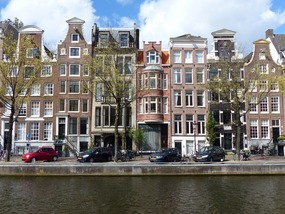

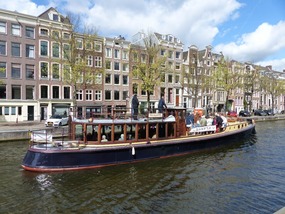

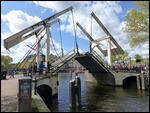
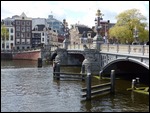
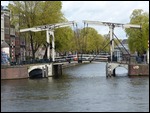
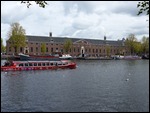
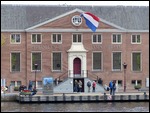
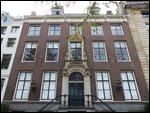

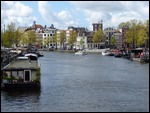
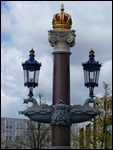
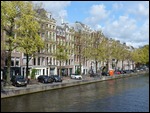

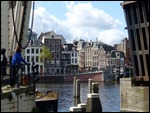
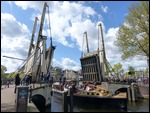
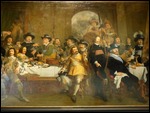
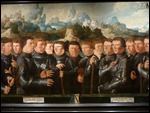

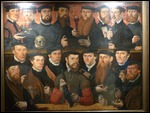
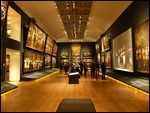

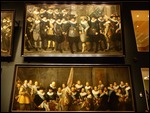

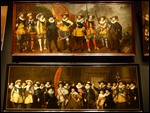
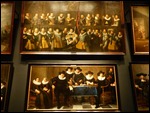
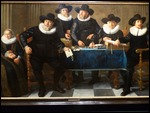
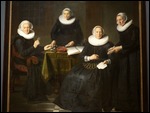
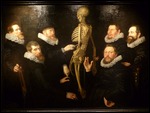
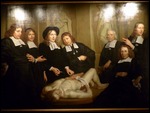
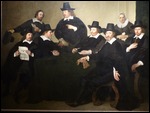
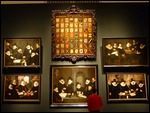
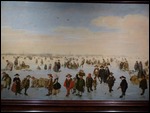
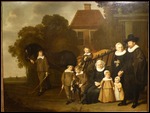
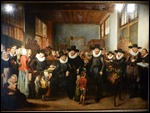
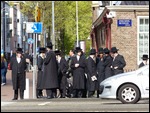
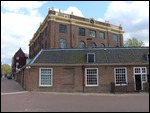
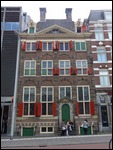
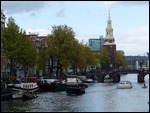
2025-05-22